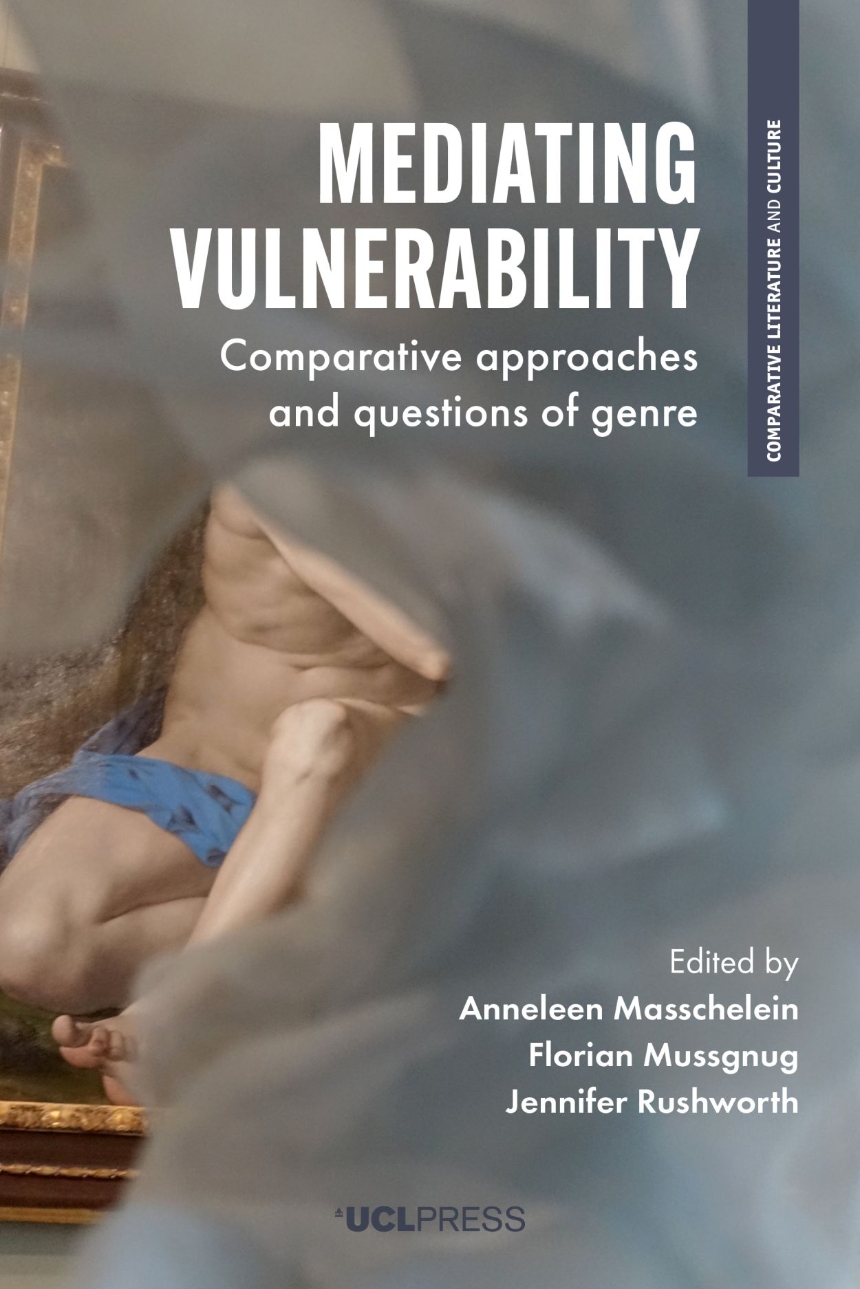9781800081147
9781800081154
Mediating Vulnerability meditates on the creative and destructive powers of vulnerability in literary form.
To experience vulnerability is to experience the tension between ruin and creativity: a vulnerable species faces extinction but also evolution, and a vulnerable person risks both irreparable harm and transformative connection. Mediating Vulnerability explores how this tension plays out across contemporary literary studies. Examining a variety of approaches to the destructive and remediating powers of genre, the authors consider how vulnerability intersects a range of representational forms including high-profile fiction by Margaret Atwood and Cormac McCarthy as well as lesser-known graphic novels, video games, television, and photography.
To experience vulnerability is to experience the tension between ruin and creativity: a vulnerable species faces extinction but also evolution, and a vulnerable person risks both irreparable harm and transformative connection. Mediating Vulnerability explores how this tension plays out across contemporary literary studies. Examining a variety of approaches to the destructive and remediating powers of genre, the authors consider how vulnerability intersects a range of representational forms including high-profile fiction by Margaret Atwood and Cormac McCarthy as well as lesser-known graphic novels, video games, television, and photography.
272 pages | 6.14 x 9.21 | © 2021
Comparative Literature and Culture
Literature and Literary Criticism: General Criticism and Critical Theory
Table of Contents
Introduction: On/Off limits Anneleen Masschelein, Florian Mussgnug, Jennifer Rushworth Part 1: Human/Animal 1. What if they could speak? Humanized animals in science fiction Simona Micali 2. Rewriting the myth: consideration of the Minotaur in Georgi Gospodinov’s The Physics of Sorrow Nicole Siri 3. A vulnerable predator: the wolf as a symbol of the natural environment in the works of Seton, London and McCarthy Katerina Kovárová Part 2: Violence/Resistance 4. Retelling the Parsley Massacre: vulnerability and resistance in Danticat’s The Farming of Bones Eleonora Rapisardi 5. Toni Cade Bambara’s vulnerable men Tuula Kolehmainen 6. The Secret Agent – Fictionalizing history: Joseph Conrad and Stan Douglas Sandra Camacho 7. New worlds: violent intersections in graphic novels Jessica Gross Part 3: Image/Narrative 8. Ludic space in horror fiction Onni Mustonen 9. Graphic stories of resistance: a comic memoir of becoming Pinelopi Tzouva 10. The cryptographic narrative in videogames: the player as detective Ana Paklons and An-Sofie Tratsaert 11. Narrating pornographic images: photographic description and ekphrasis in De fotograaf by Jef Geeraerts Karen Van Hove Part 4: Medium/Genre 12. Through the doors of time: media interactions and cultural memory in El Ministerio del Tiempo Katie Ginsbach 13. Vulnerability as duality in speculative fiction Eva Dinis14. No, poetry is not out of date: notes on poetic writing and digital cultureJan BaetensTranslated by Marie-Claire Merrigan Afterword: Covid-19 or the vulnerability of the future Florian Mussgnug Index

